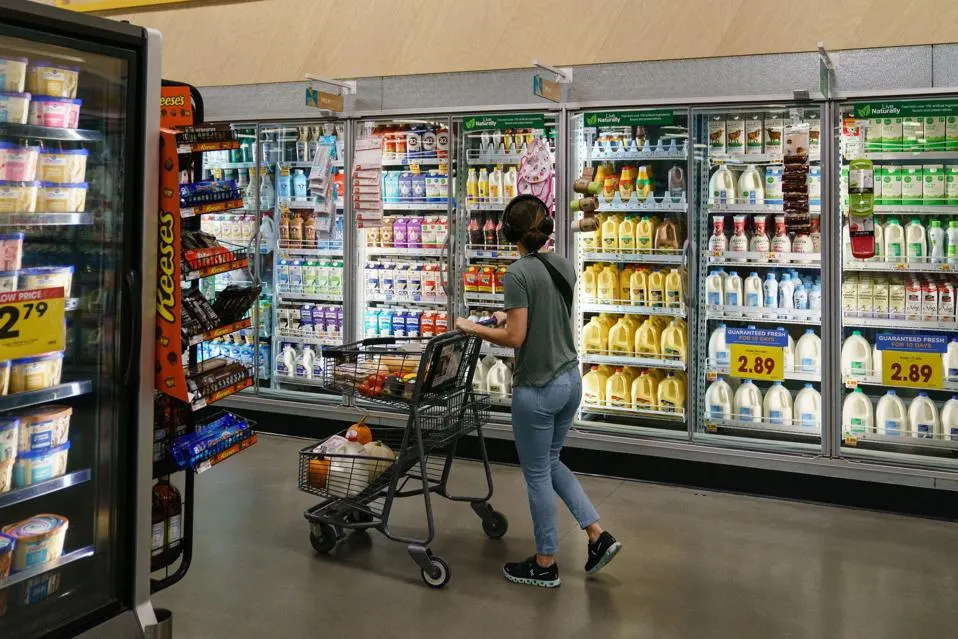Walk through any grocery store in the United States and you might be surprised by how many products in your cart are store brands rather than national labels. For many shoppers, this isn’t even a conscious choice. The latest data shows that private-label products, once seen as budget alternatives, are now a major force in retail, with sales and consumer trust reaching record levels.
According to the Private Label Manufacturers Association (PLMA), U.S. sales of store-brand products jumped nearly 4 percent last year, climbing to a new high of $271 billion. That’s not just a blip. Store brands now account for more than one in every five dollars spent on groceries and nearly a quarter of all units sold across American retail. The market’s growth is outpacing national brands by a wide margin, with store-brand dollar sales increasing four times faster than their branded counterparts last year.
What’s driving this shift? The answer is more complex than simple cost savings, though price remains a powerful motivator. Shoppers weary of inflation are seeking bargains, but they’re also finding that private-label products often match or even exceed the quality of national brands. In fact, 84 percent of consumers now say they trust the quality of store-brand products as much as or more than national brands. The old stigma around buying “generic” has faded, replaced by a sense of savvy shopping. Nearly half of consumers say they’ve tried a store-brand product because it was marketed as a “dupe” of a name-brand item, and for many, that switch sticks. Once satisfied, 45 percent say they’ve permanently switched from a national brand to a private label.
Retailers are responding to this new reality by investing in the look, feel, and marketing of their private-label lines. The result is that many shoppers can’t distinguish between store brands and national brands as easily as they think. A recent study found that 72 percent of consumers have purchased a private-label product without realizing it. This blurring of the lines is especially pronounced in categories like dairy, where private labels now command a 25 percent market share, and in over-the-counter pharmaceuticals, where store brands have captured up to 50 percent of the market in some channels.
The rise of private labels isn’t just about affordability. It’s also about choice and flexibility. While nearly half of consumers still identify as brand loyal, more than half are either “brand curious” or motivated by price and savings. When their preferred brand is out of stock, 71 percent say they’re willing to try a private label, and if the experience is positive, they rarely go back.
Economic uncertainty continues to play a role. As inflation persists, shoppers are not only buying less overall but are also more willing to switch to cheaper brands and use more coupons and discounts. Discount stores and retailers with strong private-label programs are seeing increased foot traffic, with 44 percent of shoppers across generations reporting they’ve shifted to these outlets in the past year. The price gap is significant, too: on average, consumers are paying over $2 more for a nationally branded product than for a private label, making the value proposition hard to ignore.
Retailers like Walmart and Walgreens are upping their game by offering premium private-label lines, emphasizing clean ingredients and health-conscious options to attract discerning shoppers. The push toward higher quality is a direct response to changing consumer expectations and regulatory pressures, such as crackdowns on artificial additives.
The trend is clear, companies with a strong private-label presence are capturing a growing share of the consumer wallet. As the market for store brands is projected to nearly double from $145.63 billion in 2024 to $283.36 billion by 2030, at an annual growth rate of 11.73 percent, the implications for both retailers and national brands are profound.
The next time you pick up a product at your local supermarket, take a closer look at the label. No matter where you are shopping there’s a good chance that store-brand item in your basket is no longer just the cheaper option, it’s the new normal for American shoppers.

